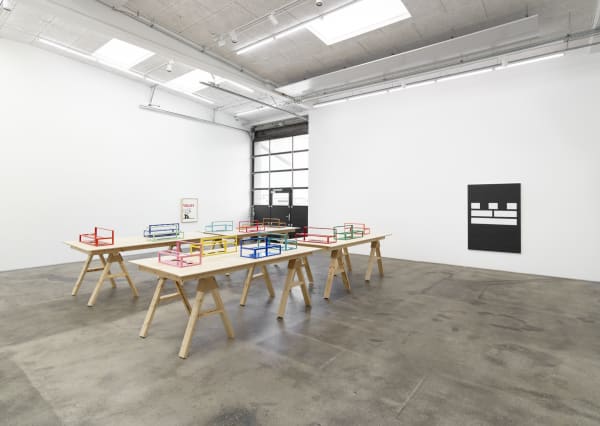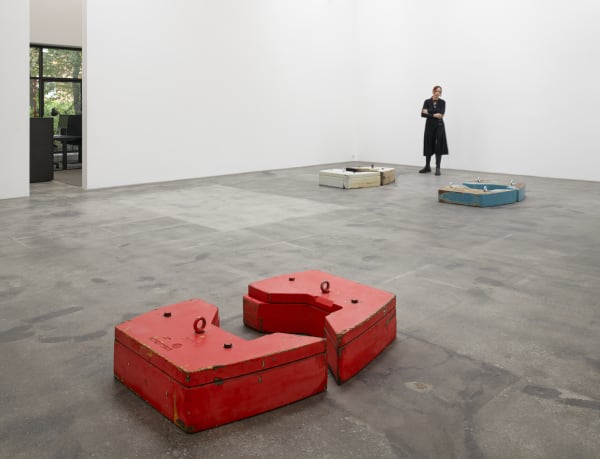-

Carlos Amorales
-

Olaf Breuning
-

Charlotte Brüel
-

Ingvar Cronhammar Estate
-

Gardar Eide Einarsson
-

Darío Escobar
-

Paul Fägerskiöld
-

FOS
-

Mads Gamdrup
-

Nils Erik Gjerdevik Estate
-

Jone Kvie
-

Michael Kvium
-

Runo Lagomarsino
-

Rebecca Lindsmyr
-

Lea Porsager
-

Matthew Ronay
-

Torbjørn Rødland
-

Tom Sandberg Estate
-

Tove Storch
-

SUPERFLEX
-

Ed Templeton
-

Eduardo Terrazas
-

Gert & Uwe Tobias






















